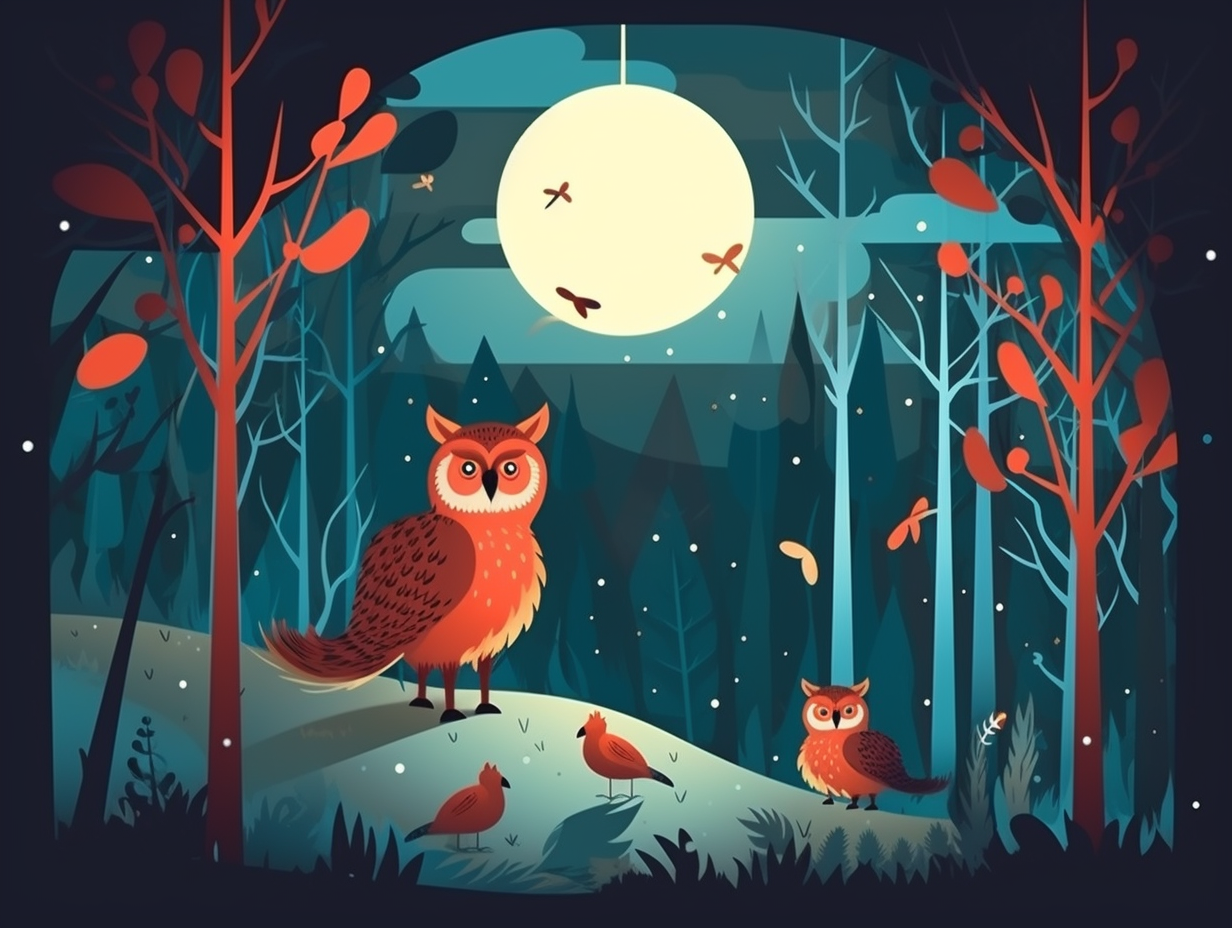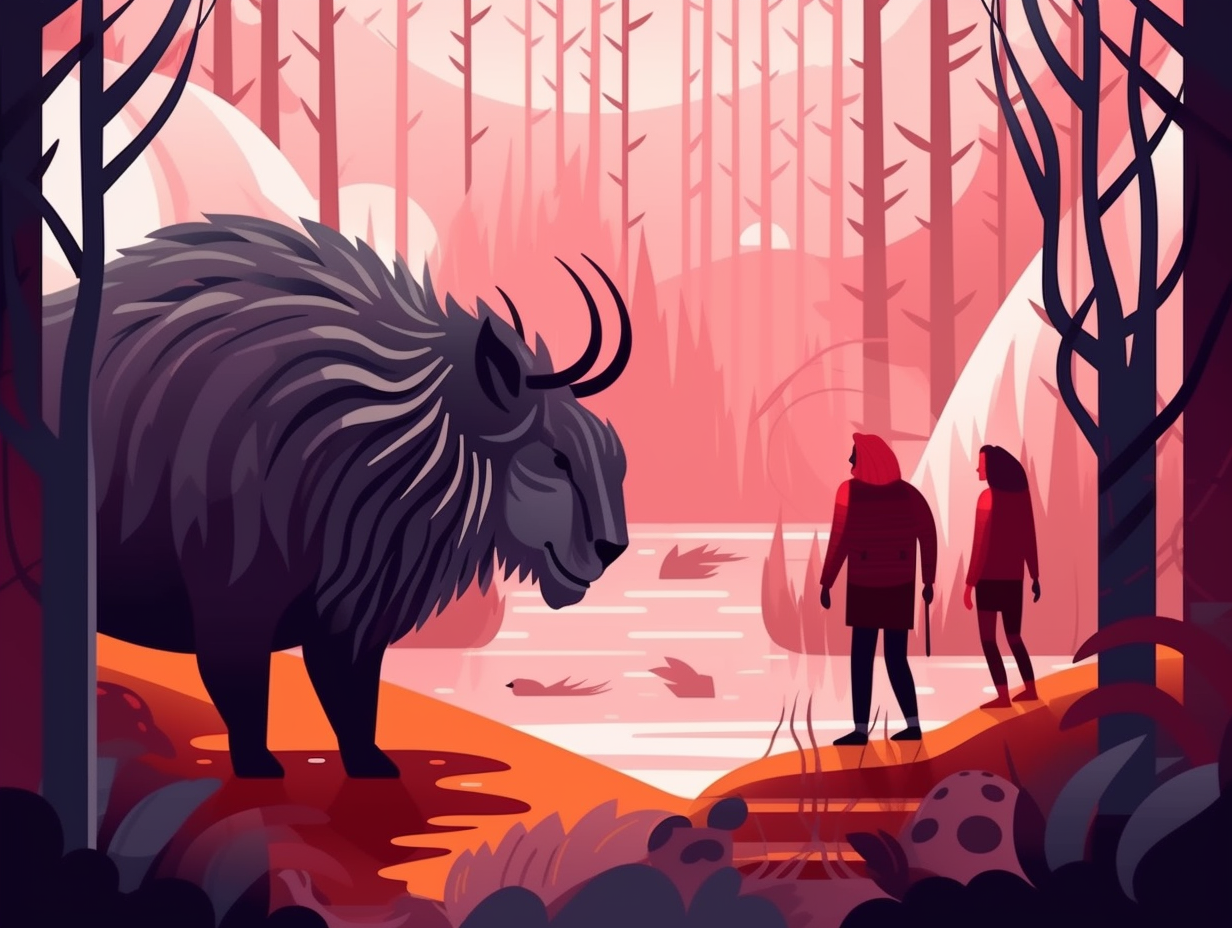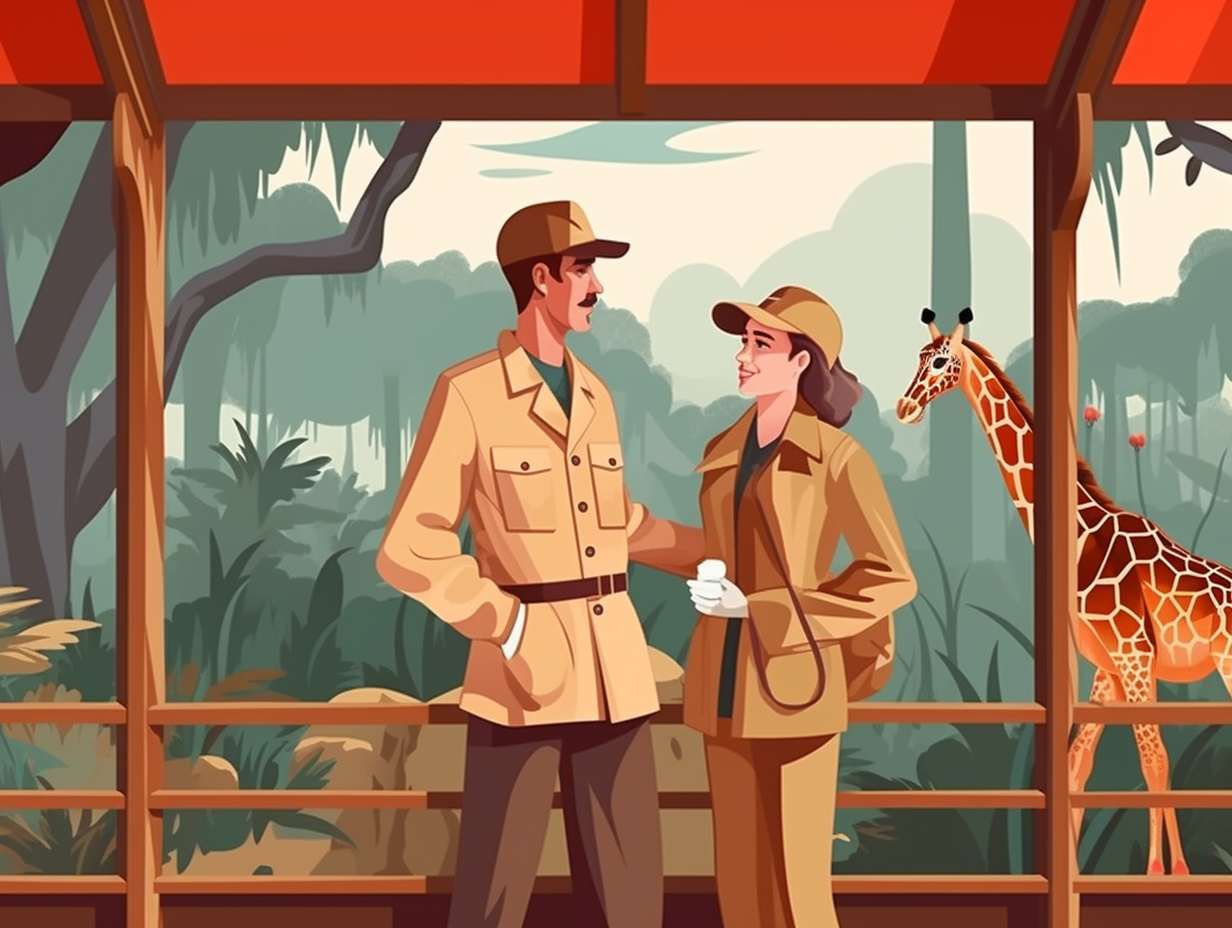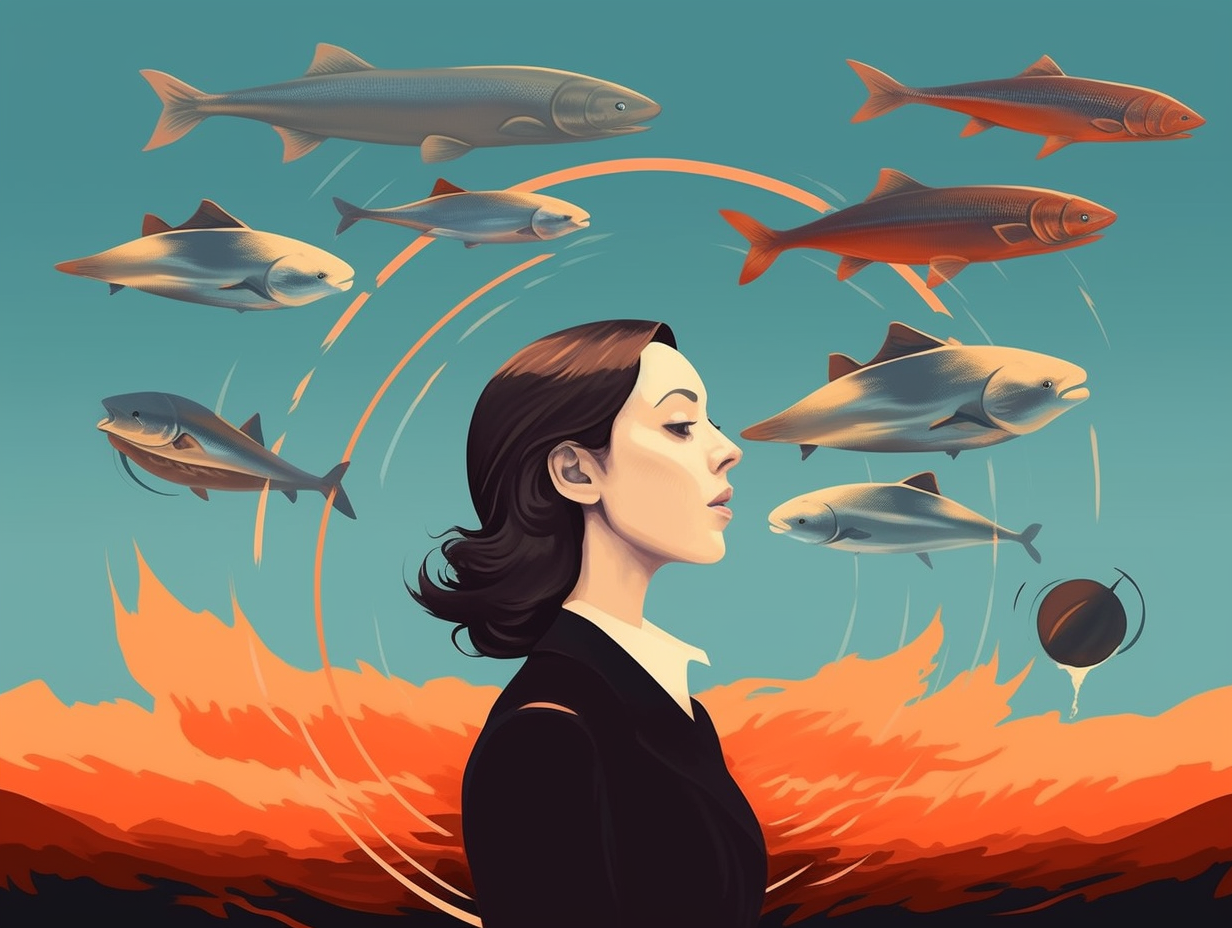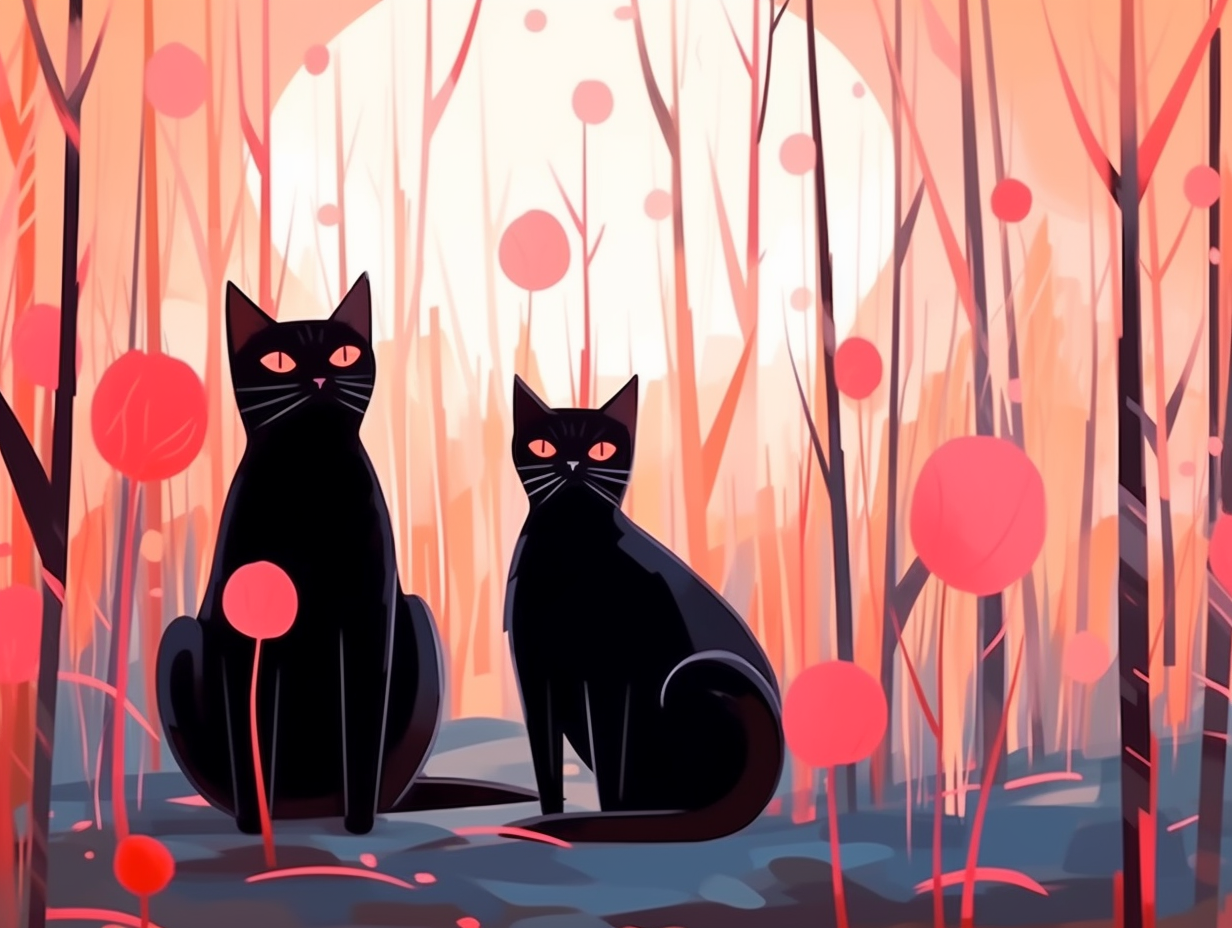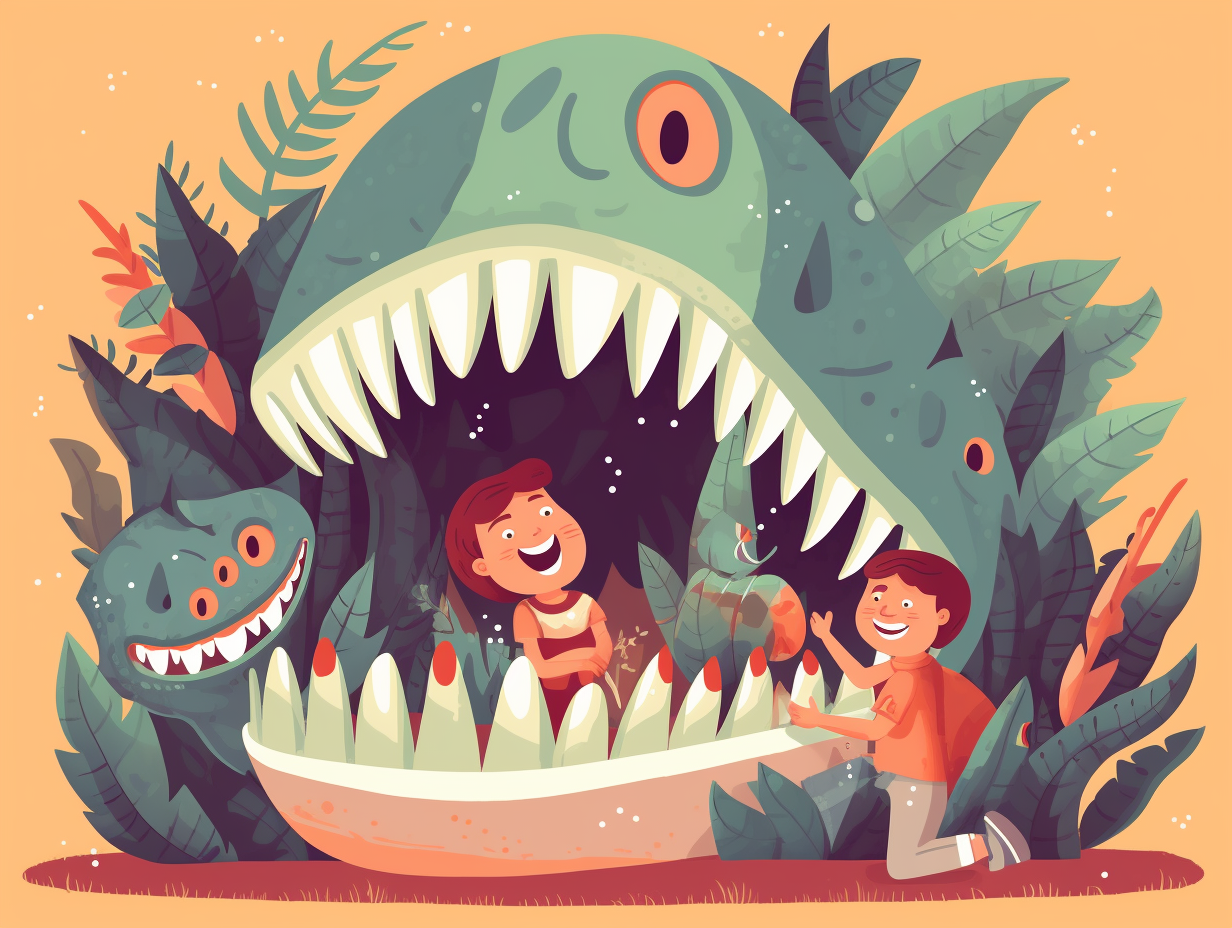Discover the Wild World: Top 14 Fun Facts About Incredible Animal Adaptations

1. Seasonal Fashion Show
Move over, wardrobe malfunction: nature's got the ultimate fashionistas! Over 20 species of birds and mammals in the northern hemisphere strut their stuff with biannual wardrobe swaps, trading their brown summer couture for a dazzling all-white winter ensemble: This fabulous display is known as seasonal coat color moult, which helps these trendy creatures rock the snow camouflage to avoid predators and sneak up on prey. But hold on, fashion police: climate change is messing with their runway-ready looks by shrinking snow cover, posing a serious threat to their adaptive advantage and making conservation efforts that much more essential.
Source => onlinelibrary.wiley.com
2. Chameleon Dating Game
Say hello to the kaleidoscopic Casanova of the reptile world: the veiled chameleon! These color-changing wizards not only put on a spectacular show, but their flashy displays and quick transformations actually hold the secrets to their social standings and success in the dating game. That's right: those chameleons with swifter head color changes are more likely to dominate their rivals, while a brighter stripe coloration signifies a higher likelihood of initiating an approach in male-male competitions. Who says communication is just black and white? In a chameleon's world, it's a veritable rainbow of purposeful pigmentation!
Source => ncbi.nlm.nih.gov

Did you know bears are the "light sleepers" of hibernation, with potential medical implications for humans? Discover the secrets of their power naps and learn how science is taking notes. 🐻💤
=> Fun Facts about Hibernation
3. Blushing Tomatoes
Turns out, tomatoes aren't the only ones with rosy cheeks when things get saucy: Blushing is a natural response to emotions like embarrassment, shyness, or fear, causing increased blood flow in facial capillaries, making one's cheeks resemble those ripe, red fruits.
Source => en.wikipedia.org
4. Chili Bouncers
Ever heard of nature's spicy bouncers, guarding the world's most delicious nightclub? Chilies, armed with capsaicin, have evolved to fend off fungi and insect party crashers: The pungent chemical defense mechanism plays a key role in slowing microbial growth, making them among the earliest domesticated crops from the Americas. As chilies ripen, they turn up the heat, literally, while tamed chilies like jalapeños might need to hit the gym for a capsicum-pump.
Source => livescience.com

5. Jet-lagged Arctic Terns
Imagine being a perpetually jet-lagged, globetrotting avian on a never-ending vacation for the "summer-loving" crowd: The Arctic tern takes the cake with a record-shattering 81,600 km (50,700 mi) yearly as it travels from its northern breeding grounds to the Antarctic coast and back, expertly navigating using the Earth's magnetic field and other sensory cues!
Source => en.wikipedia.org
6. Mountain Goat Parkour
When life gives a mountain goat lemons, it scales a rocky cliff and turns them into lemonade – with hooves specifically designed to conquer Mount Everest in stilettos! These hoofed acrobats nimbly shuffle about the treacherous terrain, all thanks to their two individually adjustable toes, each cloven hoof possessing an outer layer for protection and an inner rubbery pad for additional grip: the secret sauce to their extraordinary ability to parkour their way across precipices and seemingly impossible inclines with finesse.
Source => a-z-animals.com
7. Pond-dwelling Spiders
Whoever said "come on in, the water's fine," may have unwittingly reeled in a slippery crowd: enter water spiders, stage, well, pond! These eight-legged aquatic innovators have chosen a life of perpetual scuba-diving: the Argyroneta aquatica is the only spider that permanently resides underwater, using silk-made diving bells to trap air bubbles which allow them to breathe, eat, and incubate their eggs while being one with the watery depths.
Source => science.org
8. Octopus Mood Rings
Just when you thought octopuses couldn't get more awesome, it turns out they're basically chameleons of the sea—rockin' those shifting colors like a live-action mood ring in the ocean! The serious reveal: Octopuses possess chromatophores, color-changing cells that help them blend into diverse environments almost instantly, and although it remains uncertain how they coordinate these patterns, recent studies propose the cells themselves can match colors. Sleep remains elusive—and debatable—as these eight-legged wonders may experience something akin to human REM cycles, but it's still largely up for aquatic interpretation.
Source => bigthink.com
9. Multi-tasking Apple Snails
Who says you can't have it all? Apple snails are out here being absolute legends with their fish-out-of-water flair and making the rest of us look bad: These crafty creatures have managed to keep their gills while also developing a lung to breathe air, letting them survive in low-oxygen water bodies and even lay eggs on land. And that's not all—they use their double-duty respiratory organs for immune defense, making new blood cells, and stocking up on antioxidants during hibernation and estivation. Talk about multitasking!
Source => ncbi.nlm.nih.gov

10. Cheetah Tail-Rudders
Ever heard of tails having a mind of their own? Well, cheetahs swear by it: These fantastic feline racers employ their lengthy tails not merely for stability, but also as steering supervisors, using the flattened tips like rudders to maneuver their path during turbo-charged pursuits.
Source => seaworld.org
11. Owl Night Goggles
Whoever said owls are nature's own night vision goggles wasn't too far off from the hoot: These feathered night owls have large eyes with high sensitivity to low light conditions, incredible binocular vision, and depth perception for precise attacks. Their pupils dilate more widely than a human's, and they come equipped with an extra layer called the tapetum lucidum, which reflects light and gives them a stunningly well-lit view in the dark.
Source => abcbirds.org
12. Anti-PDA Plants
If the Mimosa pudica had a dating profile, it would definitely list "not a fan of PDA" under its dislikes: this touch-me-not plant shrinks away from physical contact, folding its leaves inward to avoid pesky herbivores chewing away at them, while also revealing its protective thorns.
Source => scienceabc.com
13. Tongue Sunblock
Who knew giraffes were such masters of tall tales and tongue sunblock? Their elongated, sable smackers serve as ultimate meal-time tools and solar shields: Giraffes' long, black tongues aid them in reaching treetop delicacies while the extra melanin provides natural sunburn protection during those endless smorgasbord sessions.
Source => interplayit.com
14. Hummingbird Slumber Party
Did you hear about the hummingbirds throwing a slumber party? They can't decide if it's a pajama party or an all-nighter: Hummingbirds have the ability to fine-tune their levels of torpor, a state similar to hibernation, to balance energy-saving and potential risks. They can experience shallow, deep, or transitional torpor while others might skip it altogether, allowing them to conserve energy and avoid dangers like disease, predation, and sleep deprivation. However, torpor is not the same as sleep and actually consumes less energy.
Source => phys.org
Related Fun Facts


